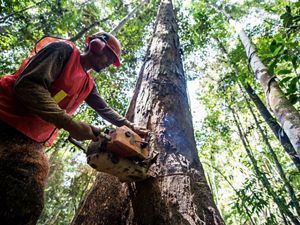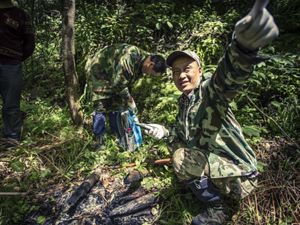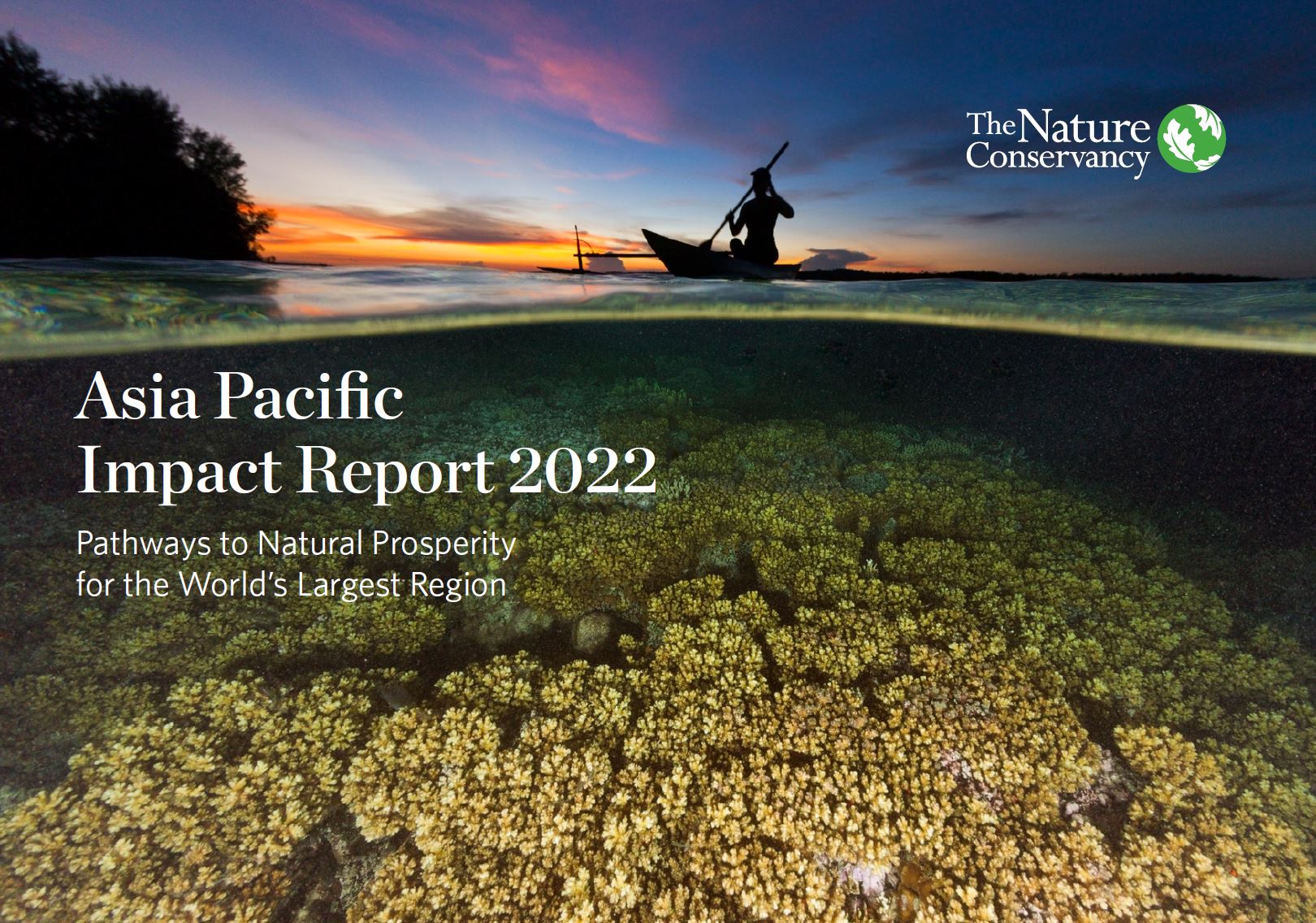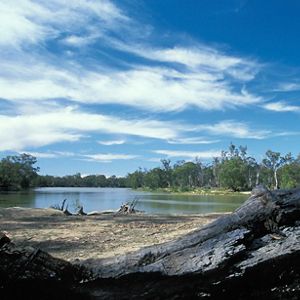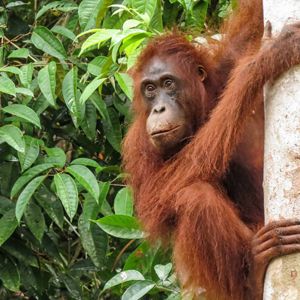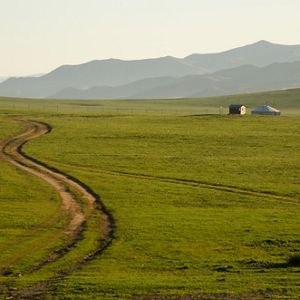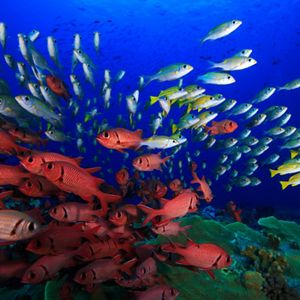A Region at the Crossroads - COP27
The science is clear: we must act now to halt catastrophic climate change. But we cannot succeed without charting a nature-positive path in Asia Pacific where over 4 billion people call home.
Will McGoldrick
Letter from the Managing Director
"I grew up in and around the waters of Port Philip Bay, Melbourne. There, I learned how to swim and catch fish, and fell in love with the marine world. During a recent vacation, a morning walk with my daughter reminded me of the beauty and magic of this place. Standing at the water’s edge, we spied a pod of bottlenose dolphins swimming past.
As I watched my daughter captivated by these remarkable creatures, I was transported to childhood, recalling my parents shouting “Dolphins!” and rushing to the shallows to catch another glimpse. I felt extremely lucky that at least three generations of my family have now encountered these wonderful creatures on the doorstep of one of Australia’s largest cities.
The fact that this body of water is still home to dolphins and other marine life isn’t really about luck. It is the result of decades of hard work by many individuals and organizations. The Nature Conservancy (TNC) is proud to have led some of the world’s most impressive conservation efforts. But looking ahead, the science is clear: our climate is already unstable and unpredictable, and business as usual is no longer tenable. The actions we take in the next few years will define the future of the Asia Pacific region—and the planet.
TNC has set an ambitious 2030 target of working with partners across the region to reduce or remove 3 billion metric tons of carbon dioxide emissions (CO2) per year—equal to removing 650 million cars from the road. To achieve this target, we are using the power of nature and the impact of policy, markets and people to store carbon, advance renewable energy and reduce emissions, while protecting nature and supporting resilient communities.
Nature can deliver up to one-third of the CO2 emissions reductions needed to stabilize the climate by 2030, while providing critical habitat for vulnerable and endangered species, from giant pandas in China’s forests to proboscis monkeys in Indonesia’s mangroves. Nature also plays a critical role in protecting communities from the impacts of climate change, like storm surges, flooding, soil erosion and fires.
From Indigenous-led conservation in Australia to national climate policy in China, I’m proud to share some examples of how TNC is working to ensure a sustainable future for nature and people."
The Biggest, Most Complex Challenge of Our Lives
The Asia Pacific region is growing at a phenomenal rate. Expanding economies, rapid urbanization, and surging demand for natural resources have put enormous strain on terrestrial, freshwater and ocean habitats. When critical ecosystems are lost, our planet’s capacity to sequester carbon shrinks and stored carbon is released, accelerating climate change and biodiversity loss.
The world has years, not decades, to address our shared environmental threats, and the Asia Pacific region must take a leading role. TNC is ready to meet the challenges this next decade—a defining decade—will bring.


